Completed January 1914 Launched 3 September 1913 | Namesake Llandovery Castle Yard number 504 Fate Requisitioned, 1916 Length 152 m | |
HMHS Llandovery Castle, built in 1914 in Glasgow as RMS Llandovery Castle for the Union-Castle Line, was one of five Canadian hospital ships that served in the First World War. On a voyage from Halifax, Nova Scotia to Liverpool, England, the ship was torpedoed off southern Ireland on 27 June 1918. Twenty-four people survived the sinking, while 234 doctors, nurses and patients were killed in the attack. In terms of the number of dead, the sinking was the most significant Canadian naval disaster of the war. The incident became renowned internationally as one of the war’s worst atrocities. After the war, the case of Llandovery Castle was one of six British cases presented at the Leipzig trials.
Contents
Service history
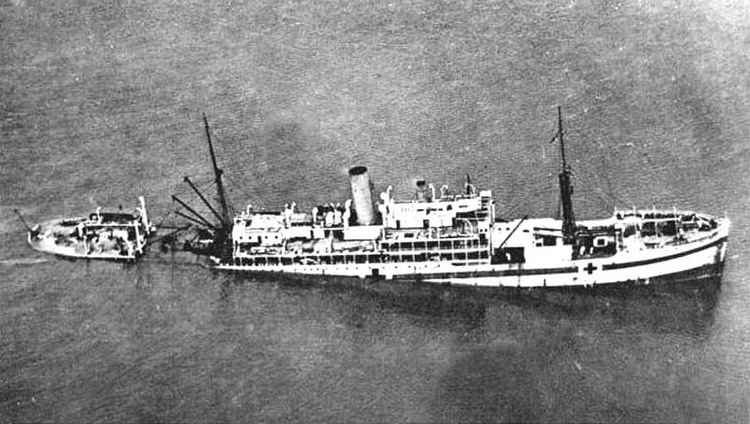
Llandovery Castle was one of pair of ships (her sister ship was SS Llanstephan Castle) built for the Union Castle Line, following the company's acquisition by the Royal Mail Line in 1912. The ship was built by Barclay, Curle & Co. in Glasgow, launched on 3 September 1913, and completed in January 1914. Initially sailing between London and East Africa, from August 1914 she sailed on routes between London and West Africa. She was commissioned as a hospital ship on 26 July 1916, and assigned to the Canadian Forces, equipped with 622 beds and a medical staff of 102.
The sinking
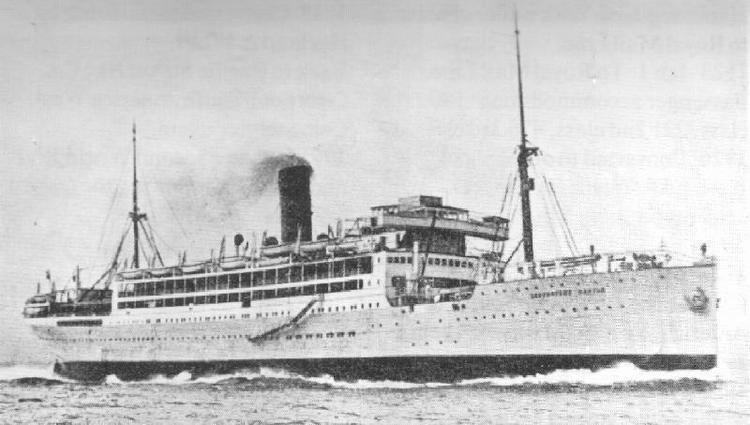
Under the command of Lt.-Col. Thomas Howard MacDonald of Nova Scotia, HMHS Llandovery Castle was torpedoed and sunk by the German submarine SM U-86 on 27 June 1918. Firing at a hospital ship was against international law and standing orders of the Imperial German Navy. The captain of U-86, Helmut Brümmer-Patzig, sought to destroy the evidence of torpedoing the ship. When the crew took to the lifeboats, U-86 surfaced, ran down all the lifeboats and machine-gunned the survivors remaining in the water and on the lifeboats. Only 24 people in one remaining lifeboat survived.
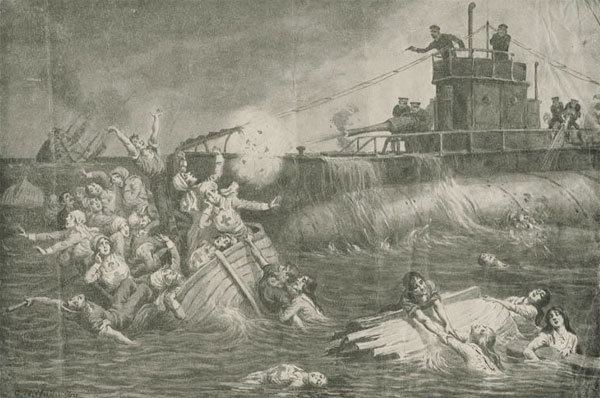
They were rescued shortly afterwards and testified as to what had happened. Only 6 of the 97 hospital personnel survived. Among those lost were fourteen nursing sisters from Canada, including the Matron Margaret Marjory (Pearl) Fraser from Nova Scotia (daughter of Lieutenant Governor of Nova Scotia Duncan Cameron Fraser).
Sergeant Arthur Knight was on board lifeboat #5 with the nurses. He reported:
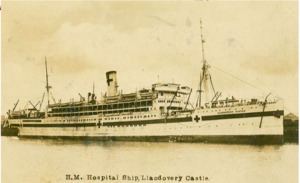
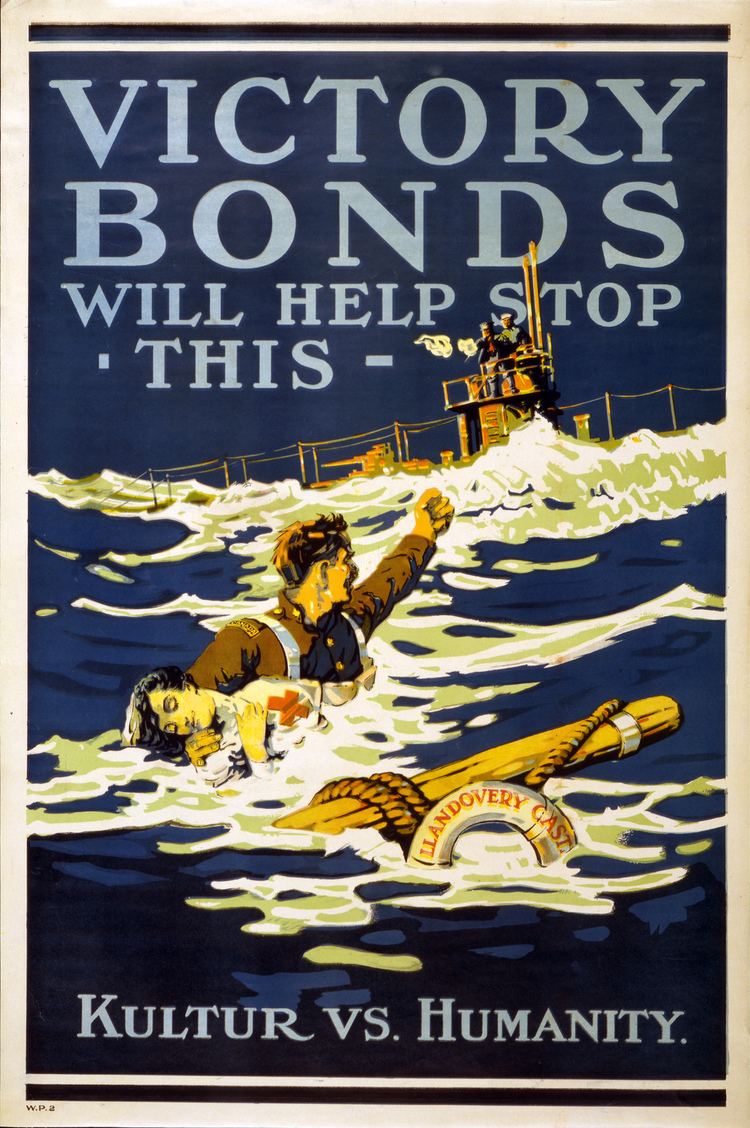
The 24 remaining in the only surviving lifeboat were rescued by the destroyer HMS Lysander. Afterward, HMS Morea steamed through the wreckage. Captain Kenneth Cummins recalled the horror of coming across the nurses' floating corpses;
"We were in the Bristol Channel, quite well out to sea, and suddenly we began going through corpses. The Germans had sunk a British hospital ship, the Llandovery Castle, and we were sailing through floating bodies. We were not allowed to stop - we just had to go straight through. It was quite horrific, and my reaction was to vomit over the edge. It was something we could never have imagined ... particularly the nurses: seeing these bodies of women and nurses, floating in the ocean, having been there some time. Huge aprons and skirts in billows, which looked almost like sails because they dried in the hot sun."The trial
After the war, the captain of U-86, Lieutenant Helmut Patzig, and two of his lieutenants, Ludwig Dithmar and John Boldt, were arraigned for trial in Germany on war crimes. On July 21, 1921, Dithmar and Boldt were tried and convicted in the case became famous as one of the "Leipzig trials". Patzig was able to avoid prosecution as he fled the country and avoided extradition; and though Dithmar and Boldt were convicted and sentenced to four years in prison, they both escaped. At the Court of Appeal, both lieutenants were acquitted on the grounds that the captain was solely responsible.
The Canadian reaction was typified by Brigadier George Tuxford, a former homesteader from Moose Jaw, Saskatchewan: "Amongst those murdered were two Moose Jaw nurses, Sister Fraser and Sister Gallagher. I gave instructions to the Brigade that the battle cry on the 8th of August should be "Llandovery Castle," and that that cry should be the last to ring in the ears of the Hun as the bayonet was driven home."
There is a memorial plaque to Matron Margaret Fraser and the 13 other Canadian nurses sponsored by Lady Dufferin was placed at the Nurses House of the Elizabeth Garrett Anderson Hospital in London, England.
There are also memorial plaques to the ship at the Stadacona Hospital, CFB Halifax, Nova Scotia, Montreal General Hospital and the Children's Hospital in Halifax, the latter two monuments unveiled by Margaret C. MacDonald.
